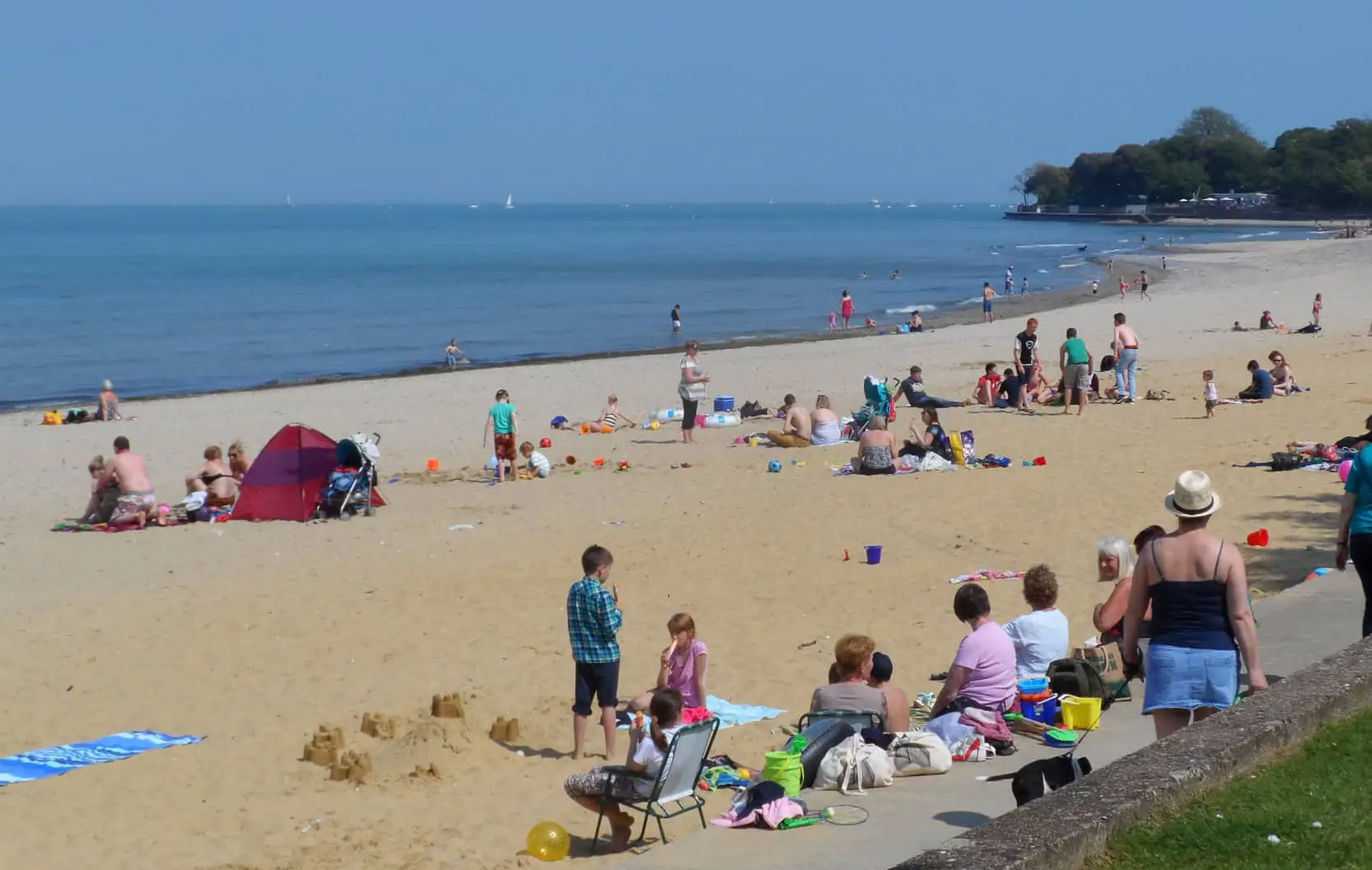There’s been a lot of focus on how many times Water companies have spilled untreated sewage into the seas and rivers around the country.
News OnTheWight reported on three days just recently around the Isle of Wight.
The Water companies call it CSO (Combined Sewer Overflow), it’s where toxic (sewage) and non-toxic water are combined and spilled out to coastlines and rivers. In the Isle of Wight’s case, it’s Southern Water.
Analysis of data
Data teams at the Liberal Democrats have been analysing the amount of times this has been happening around England.
News OnTheWight got in touch with them to understand what they’d found out about the Isle of Wight.
They told us that last year (2021):
“There were 1,314 spills on the Isle of Wight by Southern Water that are listed as affecting the designated bathing waters around the Isle. These lasted for a total of 8.905 hours last year.
“The longest was at Woodvale Transfers CSO, with 88 discharges last year, lasting 1,109 hours – affecting the bathing water at Cowes and Gurnard.”
Monitoring equipment
News OnTheWight has dug deeper and found that the Woodvale Transfers site is on Prince’s Esplanade, Cowes near Gurnard Bay.
How we know about how frequently and for how long these ‘spills’ occur is by the Southern Water running equipment to monitor the water pollution.
Faulty monitoring equipment
The LibDem team had also compiled information on this. They told News OnTheWight,
“There is one faulty monitor on a storm overflow on the Isle of Wight that is listed as affecting the bathing water at Ryde, Seagrove and St Helens.
“This monitor is on the Westwood Road CSO and was in operation for 0% of the time last year, meaning it did not work at all – listed as due to a power failure / issue.
“This means we do not know if Southern Water discharged from this overflow and for how long they did so.”
Silence from Southern Water
News OnTheWight approached Southern Water twice, asking them to comment on the discharges, and whether the broken sensor had now been repaired.
They failed to respond.
Image: Simon Haytack under CC BY 2.0





